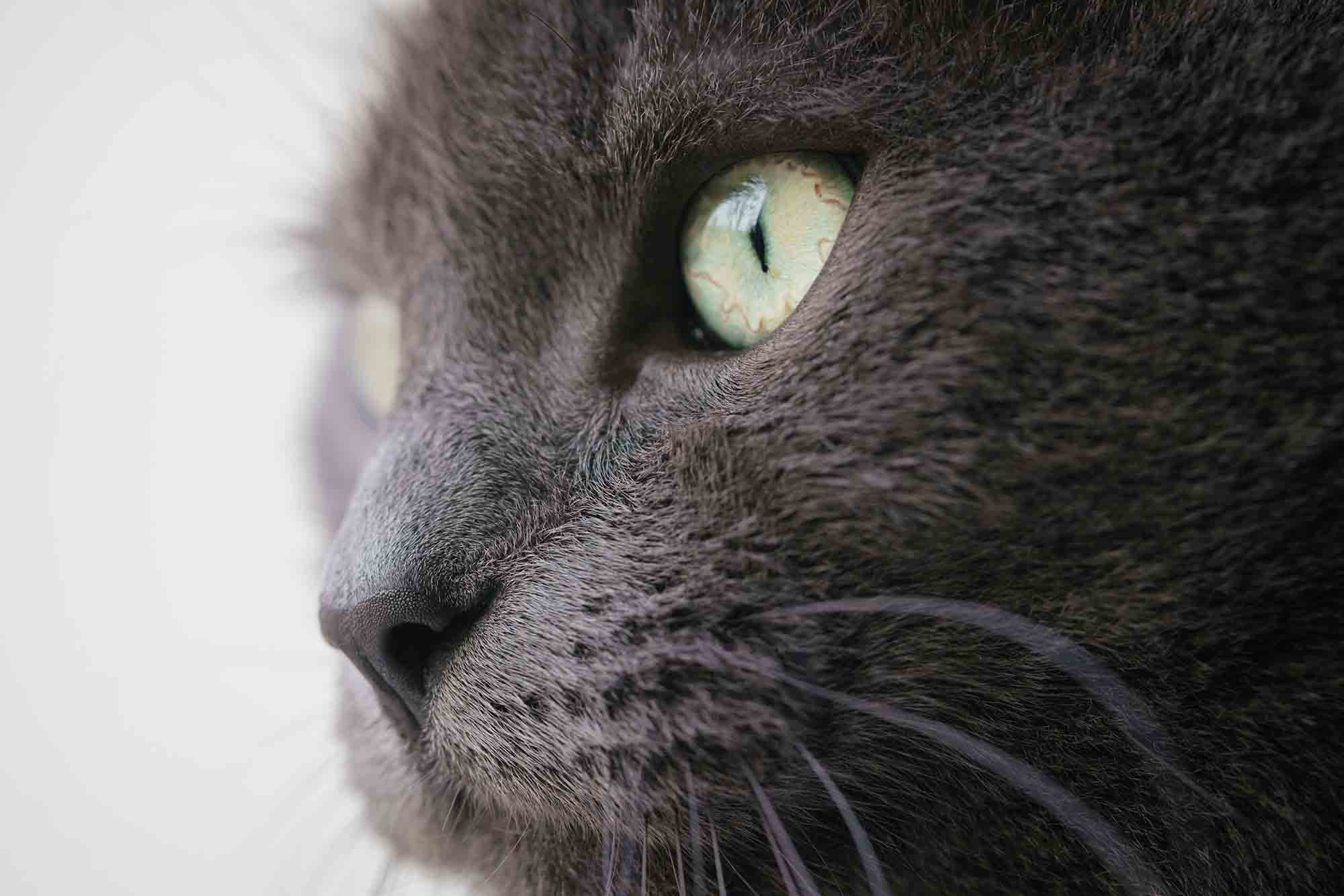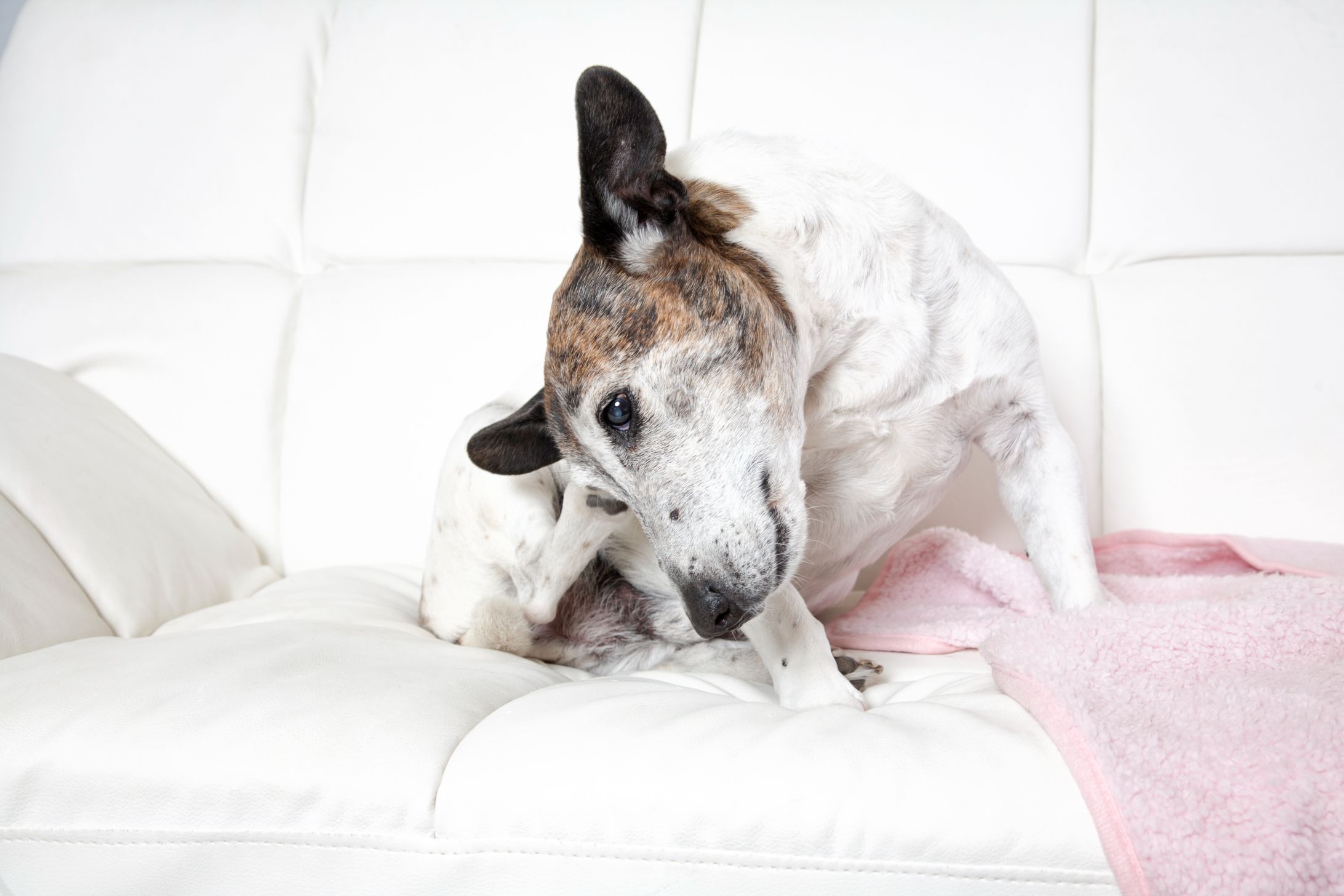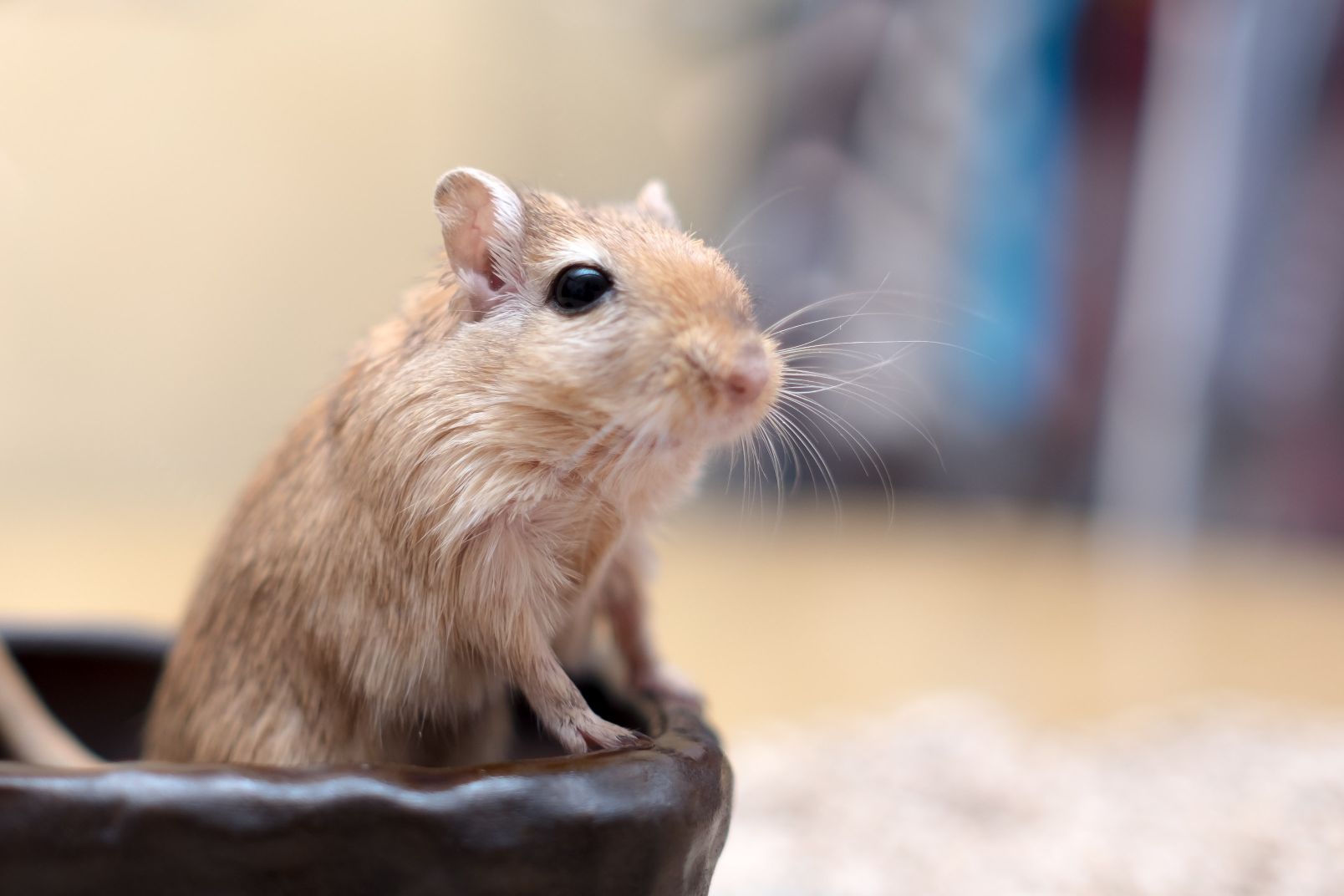 Snow leopards spend the majority of their lives alone, but they spray the rugged landscape along the way to send signals to other cats. Not only helpful in locating individuals (like relatives or potential mates during breeding season), their urine helps mark their own distinct territories.
Snow leopards spend the majority of their lives alone, but they spray the rugged landscape along the way to send signals to other cats. Not only helpful in locating individuals (like relatives or potential mates during breeding season), their urine helps mark their own distinct territories.
Scent communication is important to many animals. In fact, the domestic cats we know and love answer to similar instincts. Spraying inside the home and around your property may occur, but another important feline behaviour is scent-marking.
Use of Pheromones
We mentioned in our feline friendly blog that the use of Feliway pheromones can have a calming effect on stressed or anxious cats when brought in for veterinary exams. Feliway decreases fear because it mimics the facial pheromones cats use to communicate happiness, safety, security, and comfort. Changes in feline behaviour are due to the chemical signals typically understood through facial scent-marking.
Your Cat’s Unique Brand
Scent glands release pheromones from their locations in the cheeks, paw pads, forehead, and rectum. The unique information provided aims to reduce physical confrontation with other cats. In the wild (or in your own backyard), this is a vital survival tactic. You might see cats marking and spraying fence posts, house corners, and tree trunks to communicate, “I live here, move along now.”
Special Person or…?
Cat owners can happily attest to the feline behaviour of head butting. Sometimes a cat will choose a perfectly inopportune moment to rub on or against you, but when they do it, it’s meant to claim you. This action, called “bunting,” allows your cat to leave their own personal scent on you. As a means to establish social dominance, cats also do this outside to ward off unknown cats. They’ll also spray urine to really get their point across.
Olfactory Centers
The majority of feline behaviour centers on this olfactory communication. Dominant males will rub on objects more than subordinate cats. Others pick up information about territorial borders and sexual readiness. They can also use scents to establish an understanding of colony members and create familiarity with them.
Key Feline Behaviour
Cats are great at scent-marking communication, but they’re equally skilled at sniffing the pheromones of other cats to learn about their environment.
When bringing your cat home from our facility, it’s a good idea to allow any other cats at home to smell the travel crate for up to an hour. Then bring out your cat, wipe them down with a towel or blanket, and do the same to your other resident felines. This way, they’ll all smell the same and can reorganize their domestic order based on their shared scent communication.
Feline behaviour can be perplexing, but it’s also fascinating! Please let us know if you have further questions about scent-marking and communication. We are located at 8707 Dufferin St, Thornhill, ON L4J 0A2, Canada.



